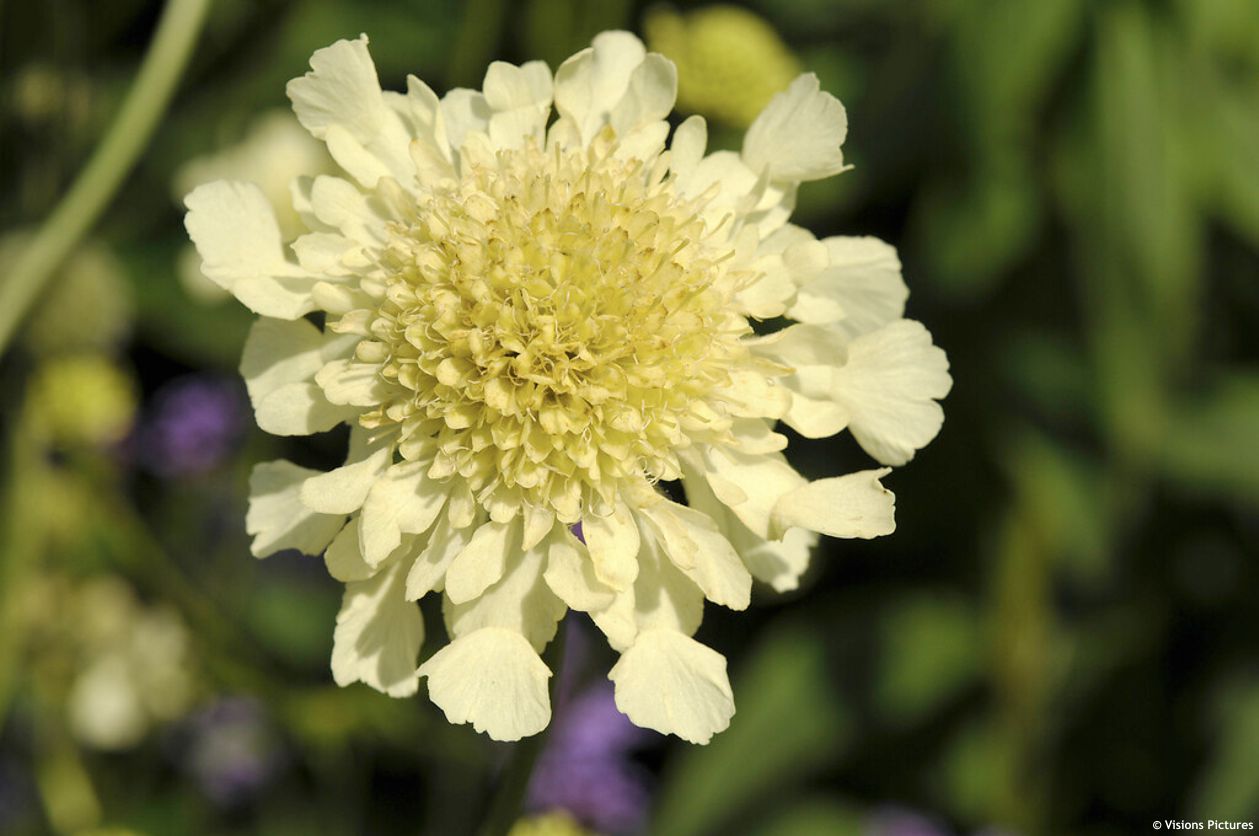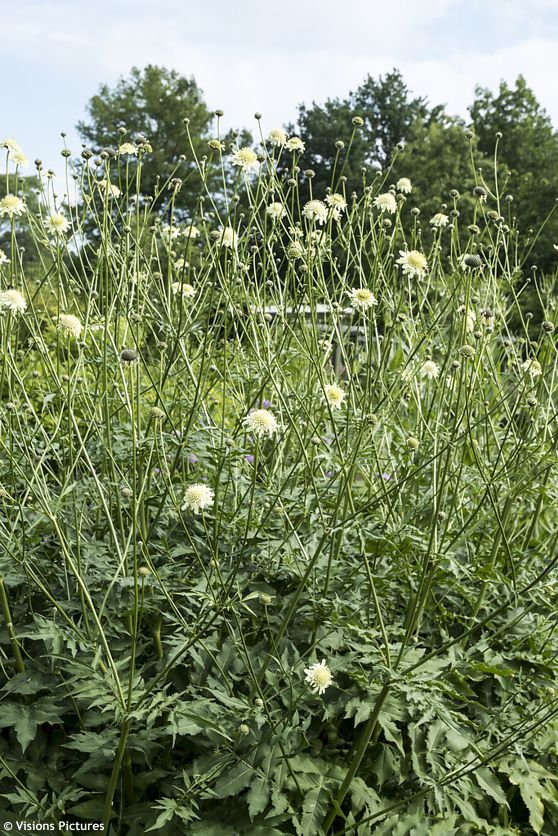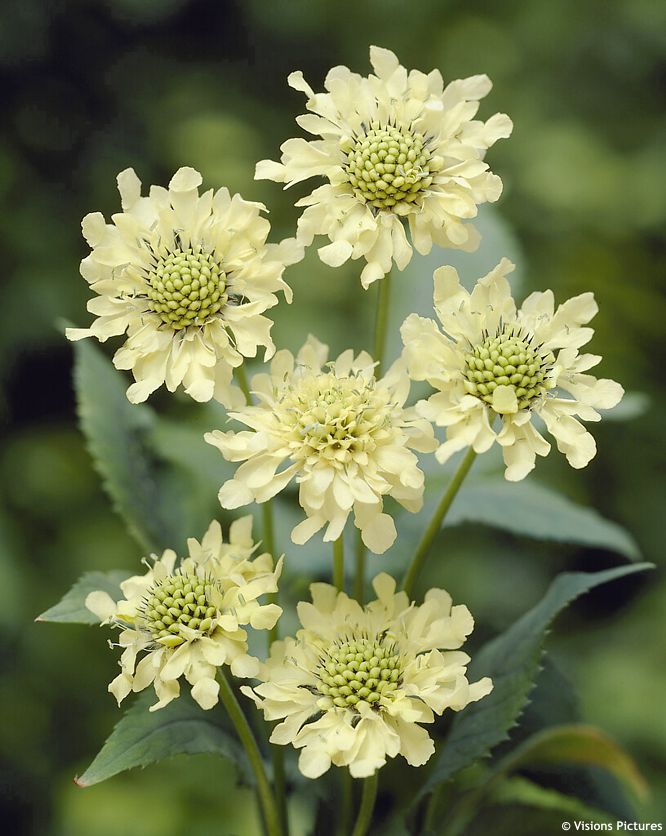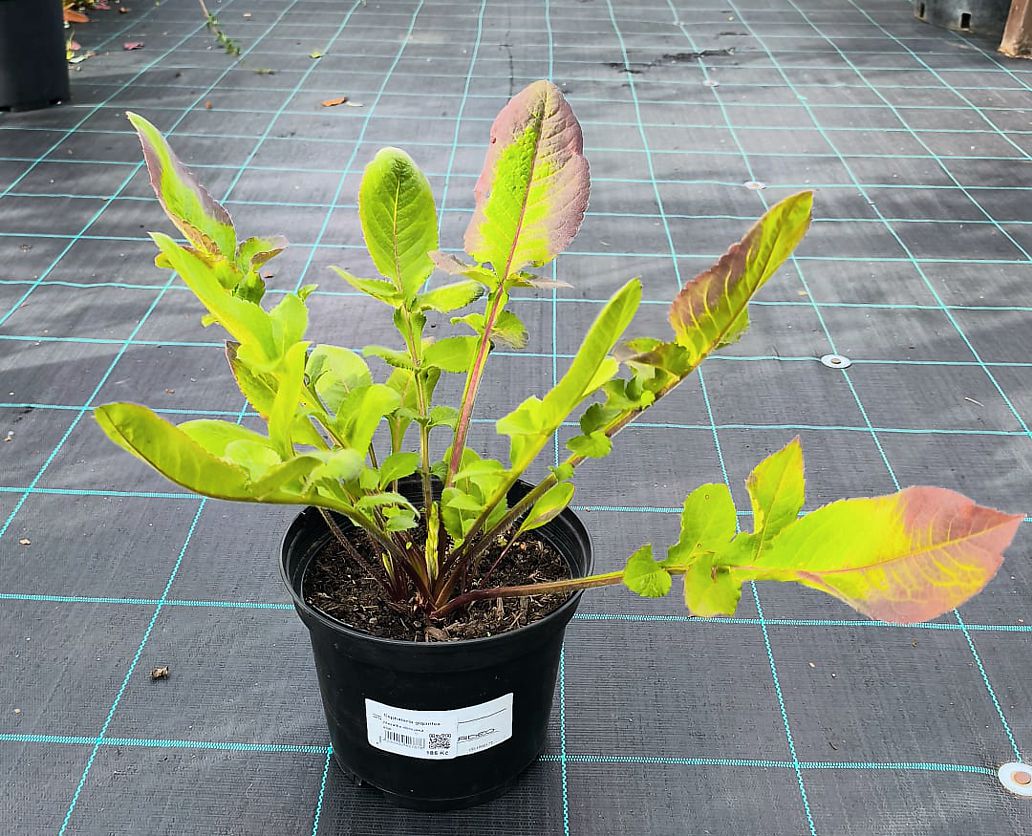Cephalaria gigantea giant scabious
Cephalaria
The genus Cephalaria comprises over a hundred species of plants in the honeysuckle family (Caprifoliaceae), distributed from the Mediterranean through Western and Central Asia to southern Africa. Some species are annuals, others are perennials, and they vary not only in height (from 30 cm miniatures to towering two‑metre giants) but also in habitat preferences – from dry steppes and rocky slopes to moist mountain meadows. Giant scabious (Cephalaria gigantea) is native to moist upland meadows and slopes of the Caucasus, northeastern Turkey, and extends as far as Siberia.
It was first described in 1811 by the Baltic German botanist Carl Friedrich von Ledebour as Scabiosa gigantea, and in 1932 the Russian botanist Yevgeny Grigorievich Bobrov reassigned it to the genus Cephalaria. The genus name derives from the Greek kephalē: head, referring to the rounded flower clusters. The epithet gigantea alludes to its unusual height, while the synonym C. tatarica arose from historical collections in the Tatarstan region and the Volga basin, where it was once described as a separate species before being taxonomically unified. In traditional medicine in the Caucasus and eastern Turkey, it was used for respiratory and heart ailments, rheumatism, menstrual discomfort, and as a mild sedative. In the 19th century, it became a popular “exotic” meadow plant in European botanical gardens, valued not only for its ornamental qualities but also as a demonstration of the hardiness of Caucasian flora in cooler climates.
If you are passionate about naturalistic gardens, you’ll fall for giant scabious. Its flowers levitate in the breeze with the lightness of a woodland fairy, looking as though they were crocheted by moonlight. They are delicate, butter‑yellow, dome-shaped spheres that hover high above the border – not shouting for attention but whispering elegance. The inflorescences are made up of dozens of tiny tubular florets, each with its own crown, ready to welcome a bumblebee or butterfly. The stems that carry them are upright, slender, and strong, reaching over two metres in height. Yet they appear weightless, as if holding themselves aloft. They are neither heavy nor coarse – more like blades of grass that decided to grow into the sky. Flowering reliably from late spring to mid‑summer, they benefit from having the spent flowering stems cut back to the base of the leaf rosette or to the first strong leaf on the stem, which prolongs the display and keeps the plant tidy.
While the flowers rest with their heads in the clouds and sway in the breeze with an almost otherworldly grace, the plant’s feet are anchored in a massive rosette of slightly downy leaves, reminiscent of a dandelion in giant form. Each leaf is deeply lobed, lanceolate to oblong, with a prominent midrib and finely toothed edges. In summer they shine with fresh green, forming a sturdy, rustic contrast to the delicate blooms above. With the arrival of the first cool nights in late summer, their colour begins to shift – darker tones seep into the veins until the entire leaf turns maroon, lending the plant a dramatic autumn presence.
In a perennial border, giant scabious serves as an airy architectural element, adding both height and lightness. It most often belongs at the back, unless you’re creating island beds where you want to raise the centre. It fits beautifully into naturalistic plantings, where it can dance freely among yarrows, coneflowers, cornflowers, or verbenas. Paired with ornamental grasses such as stipa, calamagrostis, or pennisetum, the planting gains movement and a subtly shifting structure. Alongside taller varieties of romantic perennials – such as gauras, flowering sages or knautia – the contrast between the softness of its blooms and the richness of its neighbours’ colours is striking. At the back of a mixed border, it creates a light, translucent backdrop that allows shorter plants in the foreground to shine, while visually uniting the whole composition.
Giant scabious is a surprisingly undemanding and adaptable perennial. It thrives best in full sun or light partial shade, sheltered from strong winds that could topple its tall stems. It prefers deep, fertile, well‑drained soil, ideally slightly alkaline to neutral, but will tolerate ordinary garden soil as long as it isn’t waterlogged. Once established, it can handle short dry spells, though it appreciates occasional watering in hot summers. It reproduces by seed but is not invasive; to prevent self‑seeding, remove spent flowers before the seeds ripen. In early spring, before new growth emerges, cut back all above‑ground parts. Fully hardy in USDA zones 4–9 (to about –34 °C), it is a long‑lived perennial that will remain vigorous for many years in the same spot, though it benefits from occasional division in spring or autumn.
Last update 12-09-2025
Goods are shipped all over Europe. For Russia and U.K. and for further details please read about SHIPPING OPTIONS HERE.
Are you interested in a serious discount for orders NOV-FEB? Check your options here.
THE PRICES INCLUDE VAT of 15%. For quick conversion you can use 1 CZK = approx. 0.04 EUR
- STANDARD QUALITY - Plants of this group are 1st class quality with number of branches and overall density adequate to their size and age, considering they were container grown.
- DE LUXE QUALITY - This label guarantees a luxurious quality of manually selected plants that, compared to their height and age, are exceptionally dense and beautiful.
- EXTRA - These plants are usually mature and bigger specimens with exceptional overall appearance.
- STANDARD (as described in the plant form) means a tree with a trunk of 190-210 cm and a crown at the top, unless specified differently. The commercial size for trees is their girth measured in the height of 1m from ground.
- HOBBY - These plants are of the same quality as our standard-quality plants but younger and therefore cheaper.
- SHRUB - a woody plant with branches growing bushy from the ground level.
- HALF-STANDARD or MINI-STANDARD - a small tree with shorter trunk, its size is usually specified.
- FEATHERED - These are trees with branches growing already from the base of the trunk and up along the stem.
- GRASSES and PERENNIALS - Sizes given usually read the diameter of the pot or the clump, as specified.









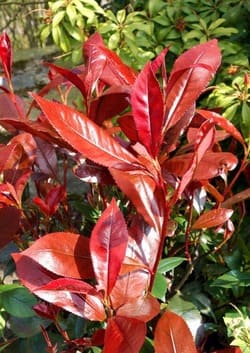
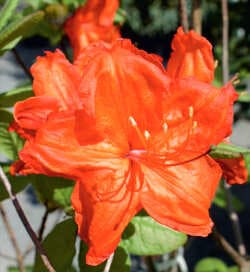

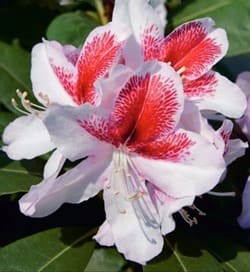


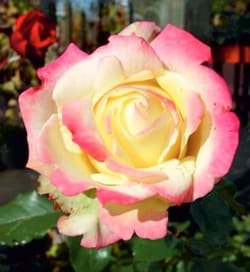
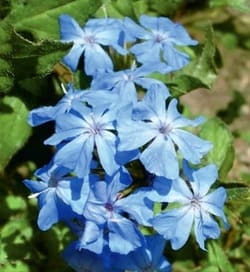
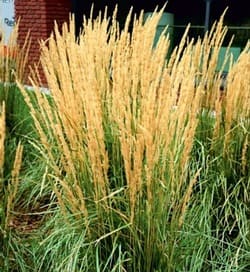
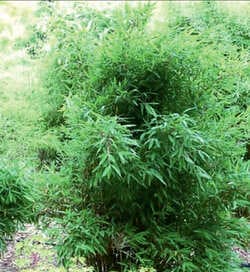

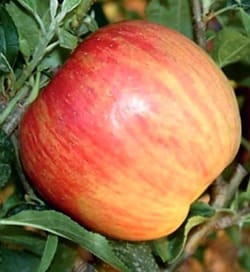
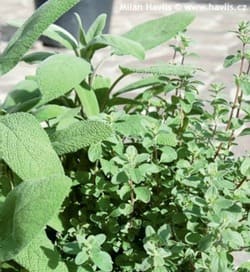
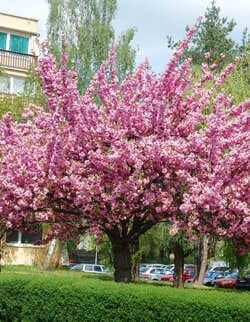
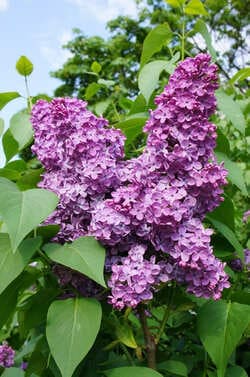
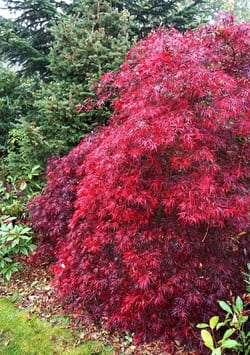
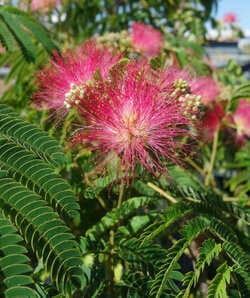
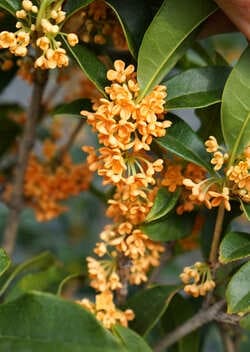



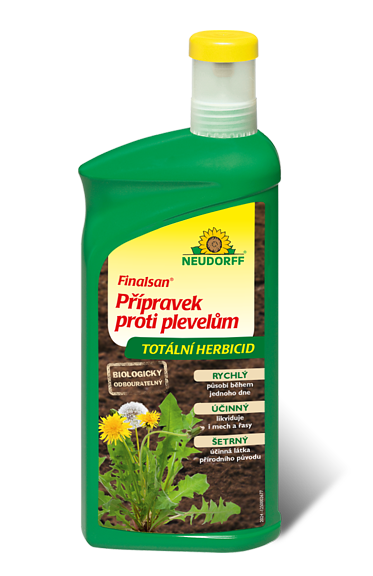


.jpg)
